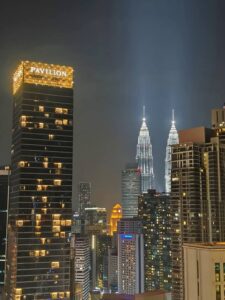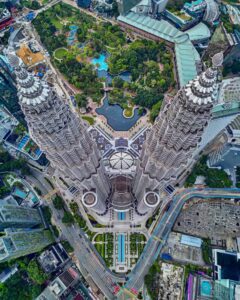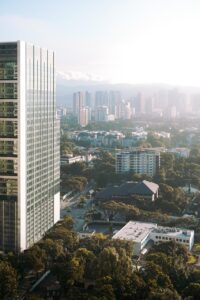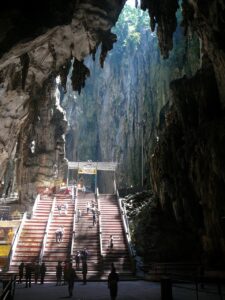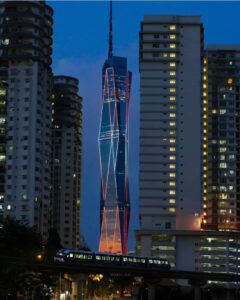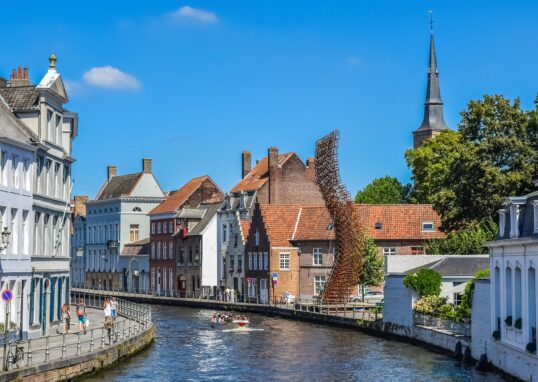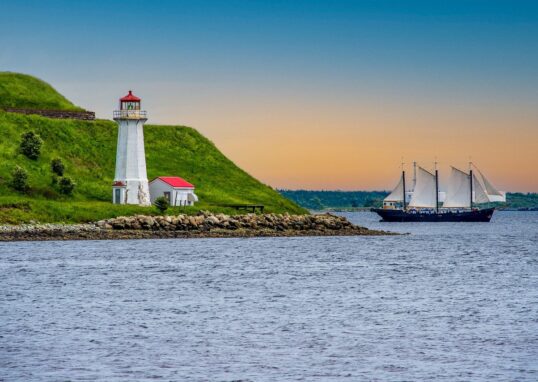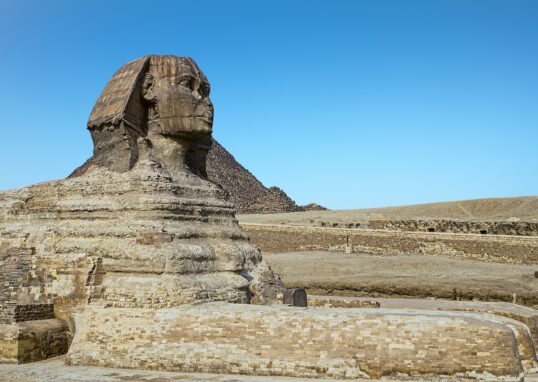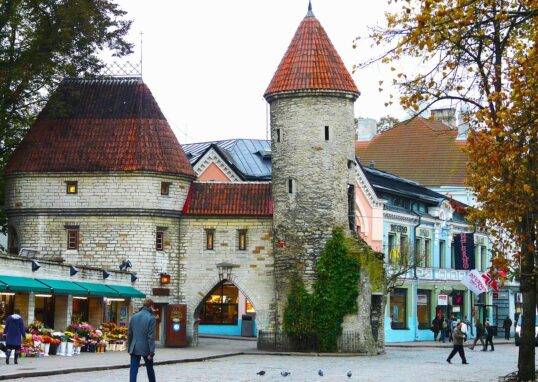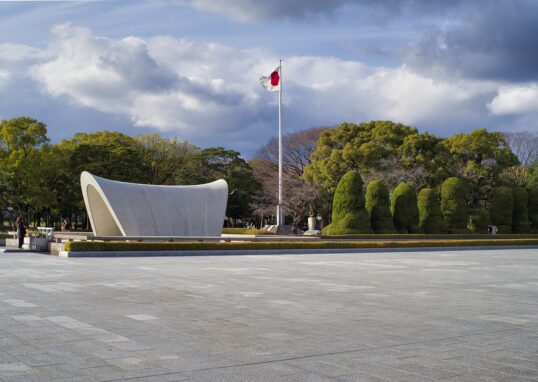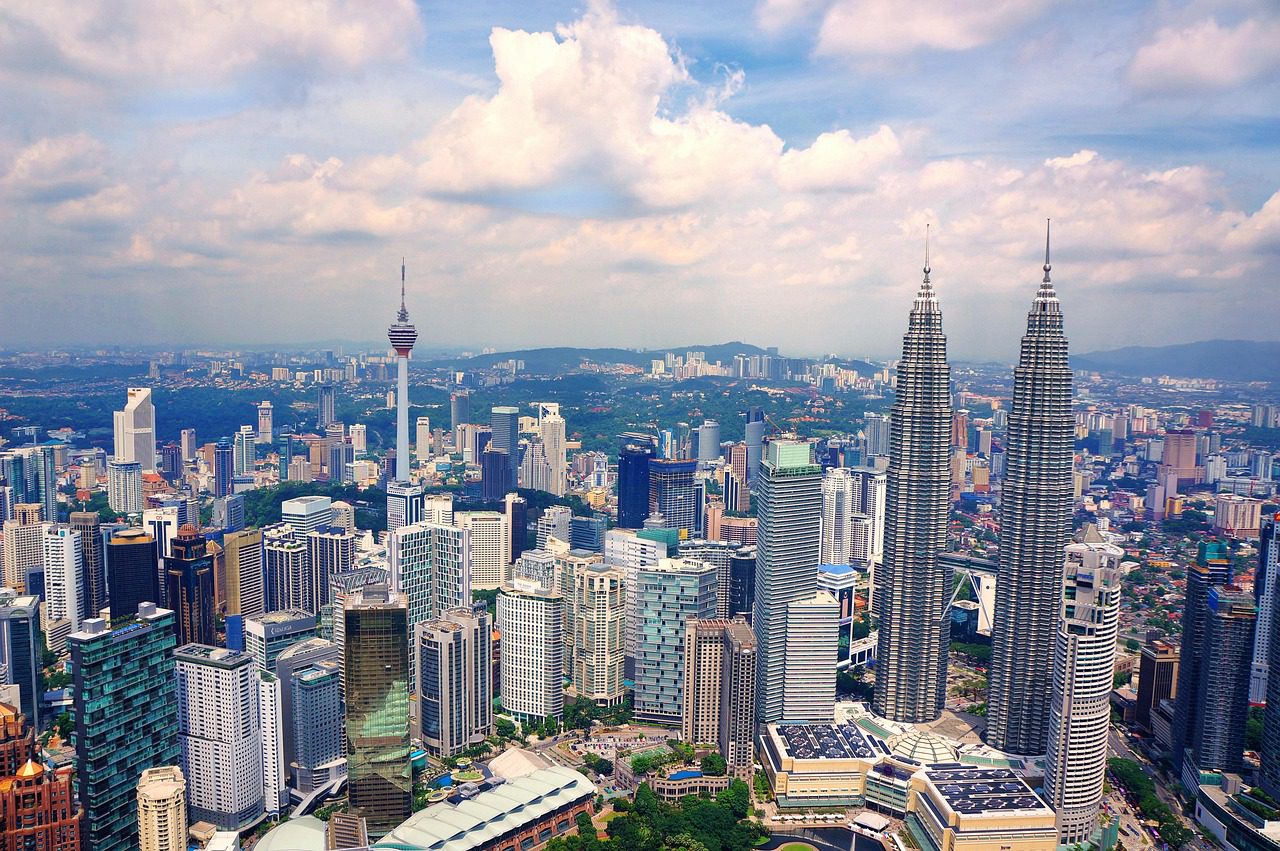
Kuala Lumpur, Malaysia – The Heart of a Modern Nation
The capital and largest city of the country, commonly known as KL by tourists and locals alike, Kuala Lumpur is a city that maintains perfect harmony between traditional heritage and modern life. The city sits comfortably in the Klang Valley, surrounded by undulating green hills and beautiful sceneries. Kuala Lumpur is not only a commercial and financial hub but also the cultural nucleus of Malaysia. The city itself is a representation of the diversity of the country. Malays and Chinese and Indians live together. It is this cultural mix which gives Kuala Lumpur its cosmopolitan art scenes, cuisine, and multicolored festivals. Every corner has a tale to tell and every building bears a piece of Malaysian history.
A Brief History of Kuala Lumpur
Kuala Lumpur began as a tiny tin miners’ village in the 1850s. It was called “muddy confluence” because it was founded where the Klang and Gombak rivers flow together. Early Chinese miners streamed in to dig tin, and their work brought about a flood of settlers. In the late 19th century, British colonizers became interested in the region. During their reign, Kuala Lumpur grew as an administrative and commercial hub. Roads, schools, and railways were constructed. The city’s population increased tremendously. Ever since Malaysia gained its independence in 1957, Kuala Lumpur has continued to expand. It was established as the nation’s capital and the face of progress. For the next few decades, KL transformed from a quiet colonial town to a modern metropolis with an abundance of skyscrapers, cultural centers, and lush parks.
The Modern City Landscape
Kuala Lumpur today is one of Southeast Asia’s most sophisticated cities. Its skyline is the world’s most recognizable. The Petronas Twin Towers, standing at 452 meters, were the world’s tallest building. Not only is the towers an architectural wonder, they also represent Malaysia’s hopes and growth. The skyline also includes Kuala Lumpur Tower (Menara KL), a telecommunications tower offering panoramic views of the city. There are office complexes, luxury hotels, and shopping centers at near proximity, providing a business-holiday mix.
Cultural Diversity and Festivals
The culture of Kuala Lumpur is a testament to the multicultural nature of Malaysia. The Malay, Chinese, and Indian communities are all part of the city’s appeal. The best manifestation of this diversity can be seen through the numerous festivals celebrated annually. During Hari Raya Aidilfitri, Muslim homes welcome visitors and delicious spreads. Chinese New Year is painted with lion dances and red lanterns on the streets. Deepavali, the Hindu festival of lights, paints the city a rainbow of colors and joy. Christmas and Thaipusam are even welcomed with open arms, a reflection of how tolerant and tight-knit the city’s population is.
Tourist Attractions in Kuala Lumpur
There is never a shortage of a place to visit in Kuala Lumpur. There is something for everything here — from cultural attractions to nature retreats and urban entertainment.
Petronas Twin Towers
These twin skyscrapers are Malaysia’s crowning jewels. Visitors can walk on the sky bridge connecting the two towers or visit the observation deck for views of the city. Suria KLCC, an upscale shopping complex with designer brands, restaurants, and an art gallery, stands at its base.
Batu Caves
Located within driving range of the city center, Batu Caves is a popular Hindu temple complex built inside limestone caves. Outside the entrance is a gigantic golden statue of Lord Murugan. Pilgrims climb 272 multicolored stairs up to the central temple, where Thaipusam celebrations attract thousands of pilgrims.
Merdeka Square
Merdeka Square, or Dataran Merdeka, is a colonial field which is encircled by heritage buildings. It’s where the flag of Malaysia was first raised in 1957. It’s a favorite place nowadays for photo ops and indigenous functions.
Bukit Bintang
This is Kuala Lumpur’s entertainment and shopping center. The roads are lined with shopping malls, restaurants, and nightlife clubs. It’s a favorite spot for people who enjoy city lights. Some of the largest malls include Pavilion KL, Lot 10, and Berjaya Times Square.
Thean Hou Temple
A beautiful Chinese temple dedicated to the goddess Tian Hou, who guards sailors. It is situated atop a hill, which offers great views over the city. It’s renowned for its elaborate architecture, red lanterns, and peaceful atmosphere.
Kuala Lumpur Bird Park
Within the Lake Gardens (Perdana Botanical Gardens), the Bird Park houses more than 3,000 birds. It is one of the world’s largest bird parks to be covered. Visitors get to walk among tropical birds flying above.
Islamic Arts Museum Malaysia
This museum houses one of the finest collections of Islamic art in Southeast Asia. It has textiles, jewelry, ceramics, and miniature replicas of renowned mosques. The architecture of the building is a wonder in itself.
Central Market
A heritage building that is now a center for local arts and crafts. One can purchase traditional batik, wood carvings, and souvenirs. It’s also a wonderful place to eat local street food.
Kuala Lumpur Tower
Menara KL is the second most iconic building of the city. Apart from providing spectacular city views, it also features a revolving restaurant where visitors can have meals above the clouds.
National Mosque (Masjid Negara)
A contemporary mosque famous for its distinctive architecture and serene gardens. Non-Muslim tourists are welcome to enter during non-prayer hours with modest clothing. It’s a representation of Malaysia’s Islamic heritage and unification.
Art, Museums, and Parks
Kuala Lumpur’s commitment to culture and nature is reflected in its museums and parks. The National Museum (Muzium Negara) offers Malaysia’s history from prehistory through to independence. The National Art Gallery exhibits contemporary as well as traditional Malaysian artists’ works. The Perdana Botanical Gardens are a peaceful oasis from the traffic of the city. Tropical flora, lakes, and walking paths appeal to locals. The Orchid Garden, Hibiscus Garden, and Butterfly Park are also accessible for tourists.
The Food Scene
Food in Kuala Lumpur is a sensory experience. Kuala Lumpur’s mixed heritage makes the city a culinary heaven. Street stalls to fine restaurants, food is abundant. Some of the popular dishes are nasi lemak, char kway teow, satay, roti canai, and laksa. Street food enclaves such as Jalan Alor in Bukit Bintang remain vibrant late into the night. For high-end dining, international foods from across the globe are available within the city.
Shopping and Modern Lifestyle
Kuala Lumpur is famous for international-standard shopping. Malls like Mid Valley Megamall, Pavilion KL, and The Gardens are filled with local and foreign brands. Petaling Street in Chinatown offers affordable prices for fashion, souvenirs, and street food. The city is cosmopolitan in the evenings too, with rooftop bars offering breathtaking views of the skyline. Changkat Bukit Bintang and TREC KL are some hotspots for nightlife.
Transportation and Connectivity
Getting around Kuala Lumpur is easy. The MRT, LRT, and Monorail systems connect most major areas. Taxis, Grab rides, and buses are also widely available. The Kuala Lumpur International Airport (KLIA) is one of the busiest in Asia, linking the city to major destinations worldwide.
Kuala Lumpur’s economy is finance-driven, based on tourism, trade, and technology. It hosts several multinational corporations and a budding startup scene. Its excellent infrastructure and highly skilled human resources make it one of the top business capitals in Southeast Asia. Despite being a cosmopolitan city, Kuala Lumpur is hospitable and warm. There is a warm population, and traditions are not compromised. The coexistence of urban beat and cultural richness is what makes it a location like no other.
Conclusion
Kuala Lumpur, the capital of Malaysia, is not simply a capital. It’s where religion, history, and progress mingle so famously. From the shimmering Petronas Towers to the peaceful Batu Caves, from strong-smelling street stalls to the refined temples, there’s a story of harmony and progress in each nook of Kuala Lumpur. No matter if you are in town for business, entertainment, or culture, Kuala Lumpur will never cease to make an unforgettable impression — a metropolis where the heartbeat of Malaysia is the fastest.

